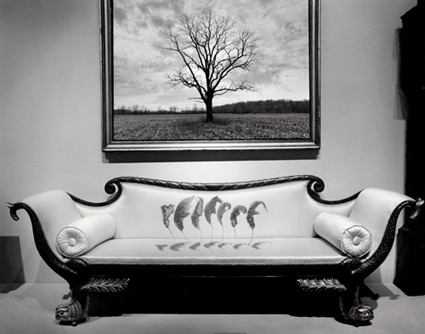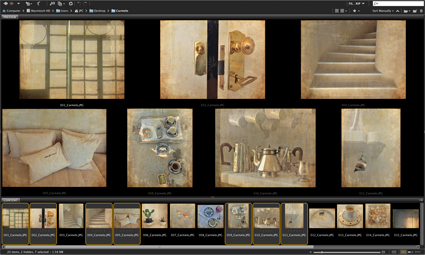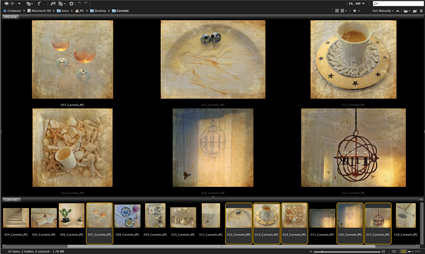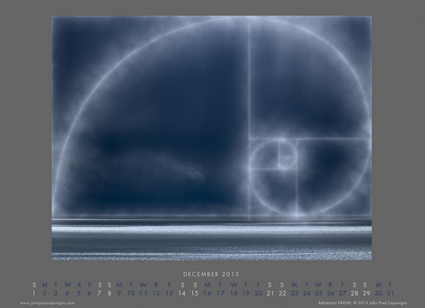Here’s a collection of my favorite quotes by photographer Alfred Stieglitz.
“Photography my passion, the search for truth, my obsession.” – Alfred Stieglitz
“When I photograph I make love.” – Alfred Stieglitz
“If you can imagine photography in the guise of a woman and you’d ask her what she thought of Stieglitz, she’d say: He always treated me like a gentleman.” – Alfred Stieglitz
“Wherever there is light, one can photograph.” – Alfred Stieglitz
“…the goal of art was the vital expression of self.” – Alfred Stieglitz
“In photography there is a reality so subtle that it becomes more real than reality.” – Alfred Stieglitz
“My photographs are a picture of the chaos in the world, and of my relationship to that chaos. My prints show the world’s constant upsetting of man’s equilibrium, and his eternal battle to reestablish it.” – Alfred Stieglitz
“For that is the power of the camera: seize the familiar and give it new meanings, a special significance by the mark of a personality.” – Alfred Stieglitz
“I have all but killed myself for Photography. My passion for it is greater than ever. It’s forty years that I have fought its fight – and I’ll fight to the finish – single handed & without money if need be. It is not photographs – it is not photographers – I am fighting for. And my own photographs I never sign. I am not fighting to make a ‘name’ for myself. Maybe you have some feeling for what the fight is for. It’s a world’s fight. This sounds mad. But so is Camera Work mad. All that’s born of spirit seems mad in these [days] of materialism run riot.” – Alfred Stieglitz
“My ideal is to achieve the ability to produce numberless prints from each negative, prints all significantly alive, yet indistinguishably alike, and to be able to circulate them at a price not higher than that of a popular magazine, or even a daily paper. To gain that ability there has been no choice but to follow the road I have chosen.” – Alfred Stieglitz
“My aim is increasingly to make my photographs look so much like photographs [rather than paintings, etchings, etc.] that unless one has eyes and sees, they won’t be seen – and still everyone will never forget having once looked at them.” – Alfred Stieglitz
“Photographers must learn not to be ashamed to have their photographs look like photographs.” – Alfred Stieglitz
“I do not object to retouching, dodging. or accentuation as long as they do not interfere with the natural qualities of photographic technique.” – Alfred Stieglitz
“I am not a painter, nor an artist. Therefore I can see straight, and that may be my undoing.” – Alfred Stieglitz
“There is nothing so wrong as accepting a thing merely because men who have done things say it should be so.” – Alfred Stieglitz
“There are many schools of painting. Why should there not be many schools of photographic art? There is hardly a right and a wrong in these matters, but there is truth, and that should form the basis of all works of art.” – Alfred Stieglitz
“The ability to make a truly artistic photograph is not acquired off-hand, but is the result of an artistic instinct coupled with years of labor.” – Alfred Stieglitz
“It is not art in the professionalized sense about which I care, but that which is created sacredly, as a result of a deep inner experience, with all of oneself, and that becomes ‘art’ in time.” – Alfred Stieglitz
“Let me here call attention to one of the most universally popular mistakes that have to do with photography – that of classing supposedly excellent work as professional, and using the term amateur to convey the idea of immature productions and to excuse atrociously poor photographs. As a matter of fact nearly all the greatest work is being, and has always been done, by those who are following photography for the love of it, and not merely for financial reasons. As the name implies, an amateur is one who works for love; and viewed in this light the incorrectness of the popular classification is readily apparent.” – Alfred Stieglitz
“The great geniuses are those who have kept their childlike spirit and have added to it breadth of vision and experience.” – Alfred Stieglitz
Read more Photographer’s Quotes here.







